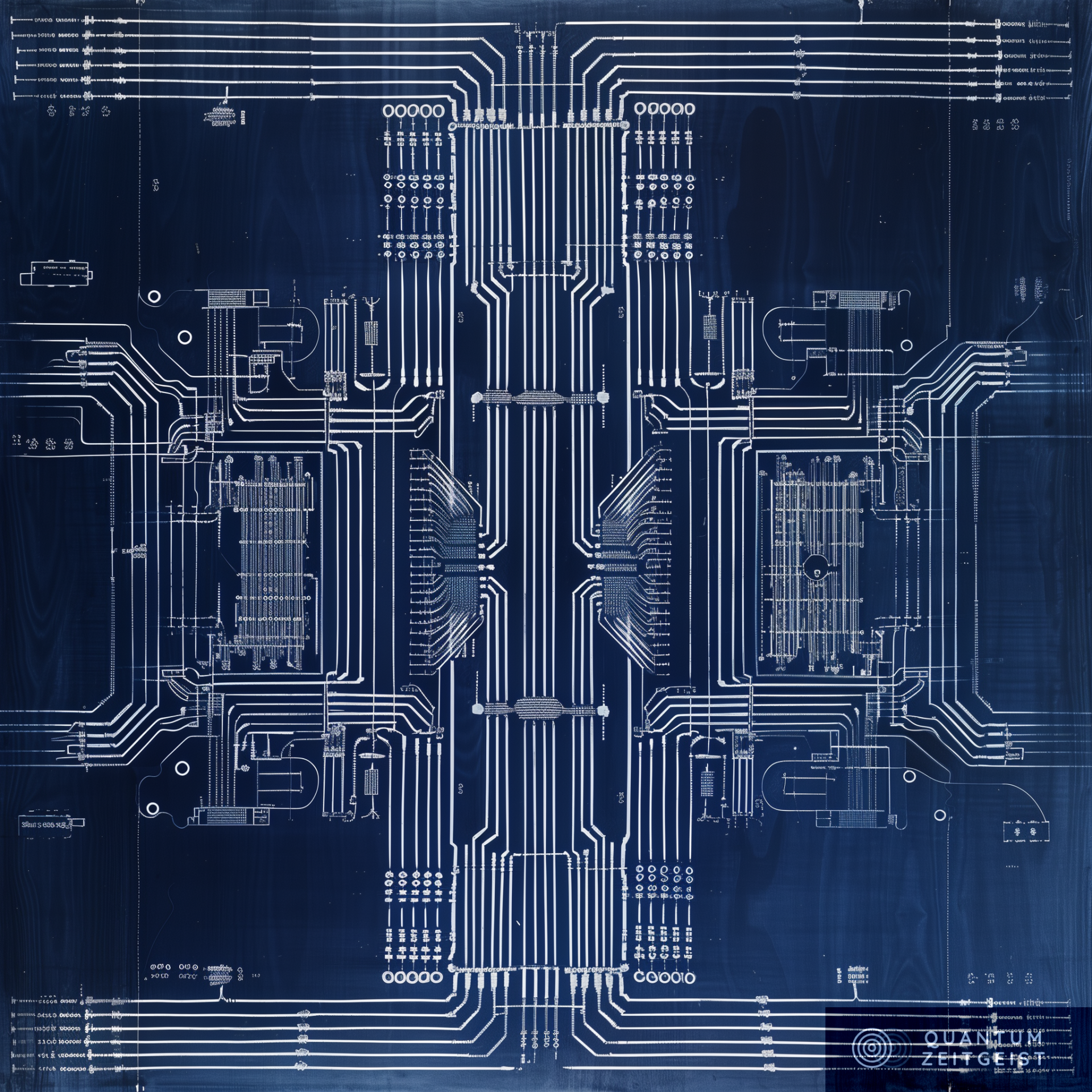MIT’s Computer Science and Artificial Intelligence Laboratory (CSAIL) researchers have proposed a new model for quantum computers, making them easier to program. The model, called a quantum control machine, was developed by lead author and CSAIL PhD student Charles Yuan SM ’22 and his team.
Quantum computers, unlike classical computers, don’t follow the same rules for completing each step of a program in order. This model aims to bridge this gap, making quantum programming more user-friendly. However, the researchers caution that due to limitations in today’s qubit technology, it’s not yet possible to directly implement their work into a practical hardware quantum computer.
Quantum Computing: The Challenge of Programming and a Potential Solution
Quantum computing, a technology that promises to revolutionize the way we solve complex problems, is still in its infancy. Despite the potential of quantum computers to outperform classical ones, the technology is not yet fully operational. One of the major hurdles is the translation of quantum algorithms from abstract mathematical concepts into concrete code that can run on a quantum computer. This is a significant challenge because quantum computers do not follow the same rules for completing each step of a program in order, a process known as control flow, which is essential for all computers.
Quantum Control Machine: A New Conceptual Model
In a recent study, researchers from MIT’s Computer Science and Artificial Intelligence Laboratory (CSAIL) proposed a new conceptual model for a quantum computer, called a quantum control machine. This model aims to make quantum computers easier to program, bringing us closer to harnessing their full potential. The quantum control machine is an instruction set for a quantum computer that works like the classical idea of a virtual machine. This could make tasks that are impossible for regular computers to efficiently complete, like factoring large numbers, retrieving information in databases, and simulating how molecules interact for drug discoveries, more achievable.
The Principles of Quantum Programming
The principles of quantum programming, as outlined by the researchers, suggest that if you try to program a quantum computer using the same basic instructions as a regular classical computer, you’ll end up turning that quantum computer into a classical computer and lose its performance advantage. This is because a quantum computer cannot support the same conditional jump instruction as a classical computer. The researchers showed how to modify this instruction to work correctly on a quantum computer. Specifically, the quantum control machine features instructions that are all reversible — they can run both forward and backward in time. A quantum algorithm needs all instructions, including those for control flow, to be reversible so that it can process quantum information without accidentally destroying its superposition and producing a wrong answer.
The Simplicity of Quantum Computers
Despite the complexity of quantum computing, the researchers argue that understanding this technology does not require one to be a physicist or mathematician. With the quantum control machine, the CSAIL team aims to lower the barrier to entry for people to interact with a quantum computer by raising the unfamiliar concept of quantum control flow to a level that mirrors the familiar concept of control flow in classical computers. They hope to educate people outside of the field about the power of quantum technology and its ultimate limits.
The Future of Quantum Computing
While the quantum control machine is a significant step forward, the researchers caution that it’s not yet possible to directly turn their work into a practical hardware quantum computer due to the limitations of today’s qubit technology. Their goal is to develop ways of implementing more kinds of quantum algorithms as programs that make efficient use of a limited number of qubits and logic gates. Doing so would bring us closer to running these algorithms on the quantum computers that could come online in the near future. The fundamental capabilities of models of quantum computation has been a central discussion in quantum computation theory since its inception, and this new model could be critical for the design of modern quantum software frameworks as hardware platforms become more mature.
External Link: Click Here For More

